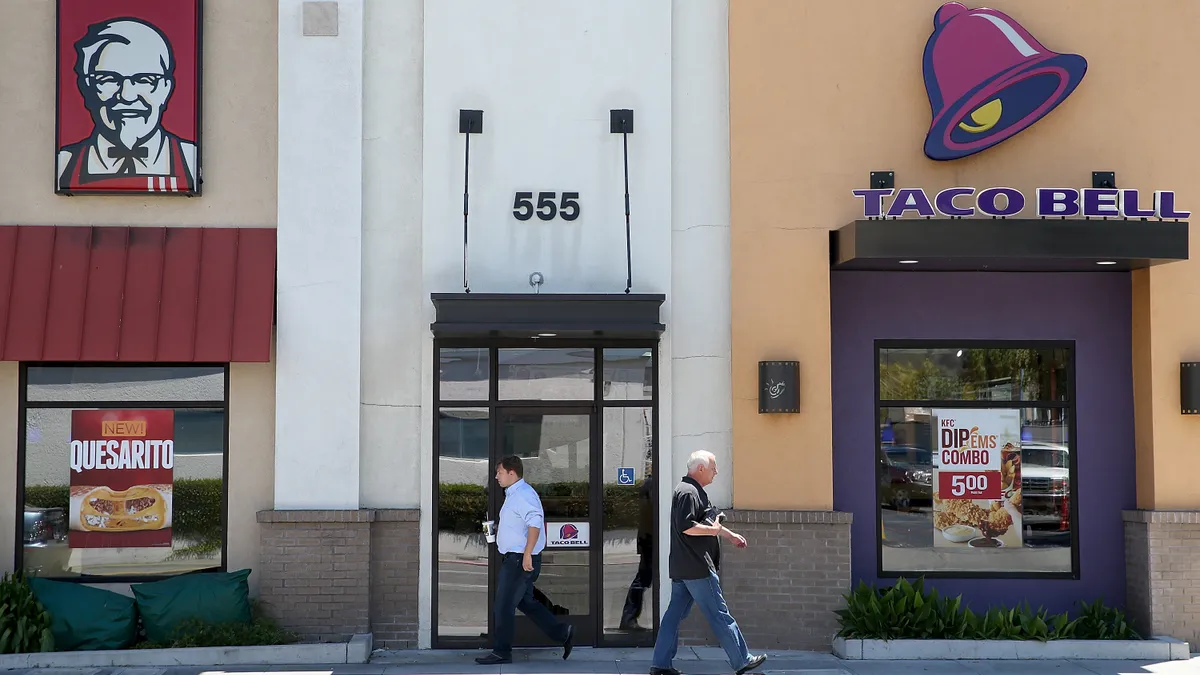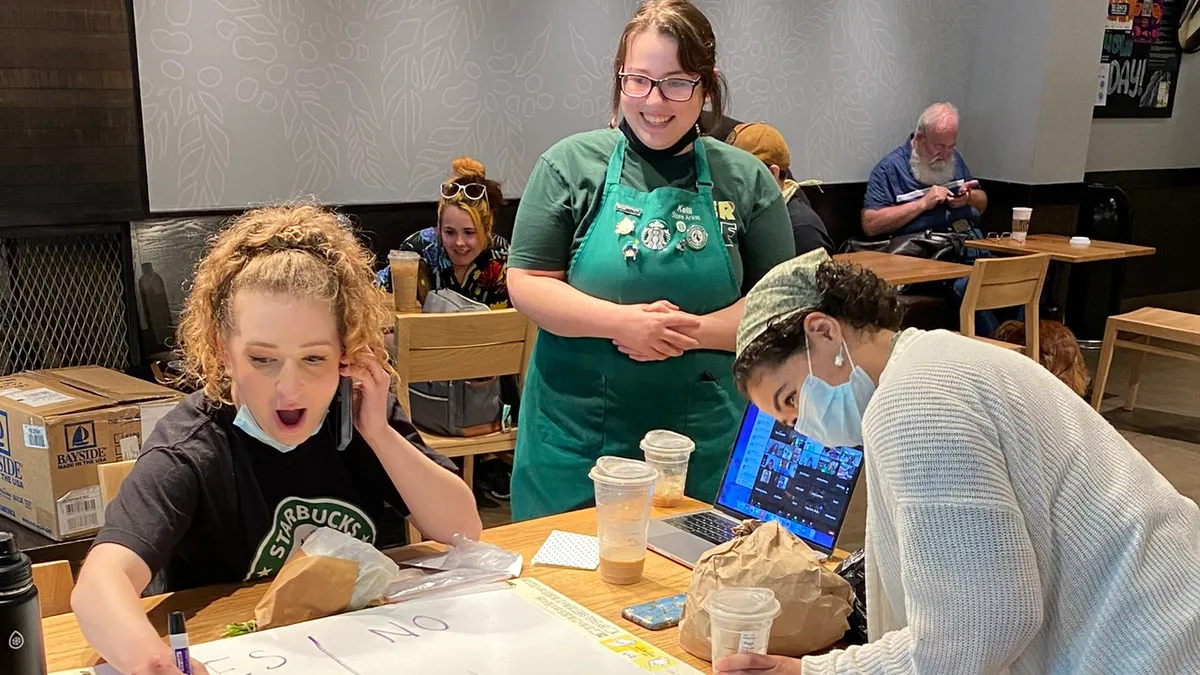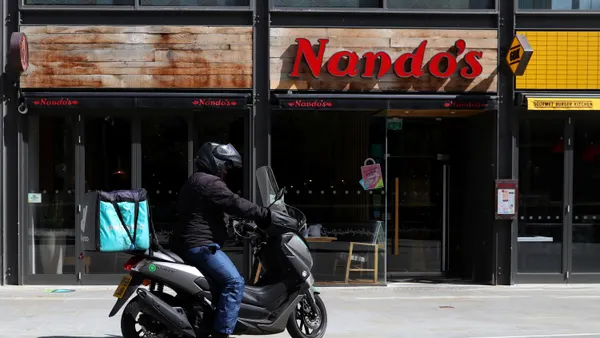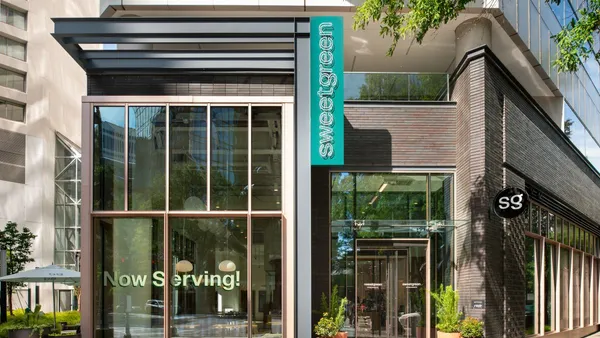Dive Brief:
- David Gibbs, Yum Brands’ CEO since 2020, intends to retire in Q1 2026, according to a press release issued by the restaurant giant Monday. Gibbs has been with Yum for over three decades.
- Yum’s board has established a succession planning committee and will search for a replacement for Gibbs.
- During Gibbs’ tenure, Yum has seen tremendous growth, from roughly 50,000 restaurants in his first quarter to 61,000 at the time of his retirement announcement. Sales rose from $52.6 billion in 2019, the year prior to his accession, to $65.5 billion in 2024, according to respective earnings releases.
Dive Insight:
Gibbs also led Yum through the acquisition of The Habit Burger & Grill for $375 million in early 2020, a move that brought Yum into the traditional heart of the American QSR sector: burgers. Prior to that, Yum made its bones in pizza, Mexican food and fried chicken.
Under Gibbs, Yum has invested heavily in digital tech, and sales through digital channels reached $30 billion in 2024. The company recently announced an integrated tech ecosystem, Byte, meant to consolidate disparate digital solutions into one platform. Following that, Yum announced a deal with Nvidia, a computer chipmaker and artificial intelligence developer, to deploy AI tools like back-of-house surveillance and drive-thru and call center voice AIacross hundreds of restaurants.
Gibbs’ successor will take over one of the most dynamic and rapidly growing conglomerates in the restaurant industry.

“I am pleased with the progress we have made on all fronts and know that Yum! Brands is now stronger and more resilient than ever,” Gibbs said in a statement.
But Yum is not without challenges.
A vast majority (86%) of Yum’s divisional operating profit in the most recent quarter comes from just two of its brands — Taco Bell and KFC — according to a transcript of the company’s most recent earnings call. Even within those businesses, profit is highly concentrated: Gibbs said that Taco Bell U.S. and KFC International accounted for 80% of divisional operating profits. The health of these two brand segments is significant, and Yum is trying to triple its Taco Bell international store count by the end of the decade.
That success subsidizes the struggling brand segments in Yum’s portfolio. Pizza Hut and KFC haven’t seen same-store sales growth in the U.S. since Q2 2023, while Taco Bell has had continuous same-store sales growth over the same period. And KFC’s international focus has potential drawbacks — 27% of KFC’s sales derive from China, according to an earnings release, as do 18% of Pizza Hut’s.
Yum’s most recent 10-K noted this concentration posed a strategic risk: “any significant or prolonged deterioration in U.S.–China relations, including as a result of changes in U.S.–China foreign policy, trade regimes or trade disputes, or geopolitical developments, could adversely affect our Concepts in mainland China.”
With the White House engaged in an escalating trade war with China, and a China hawk in the State Department, Yum’s overseas success could become its achilles heel, and a successor to Gibbs will have to walk a fine line.














